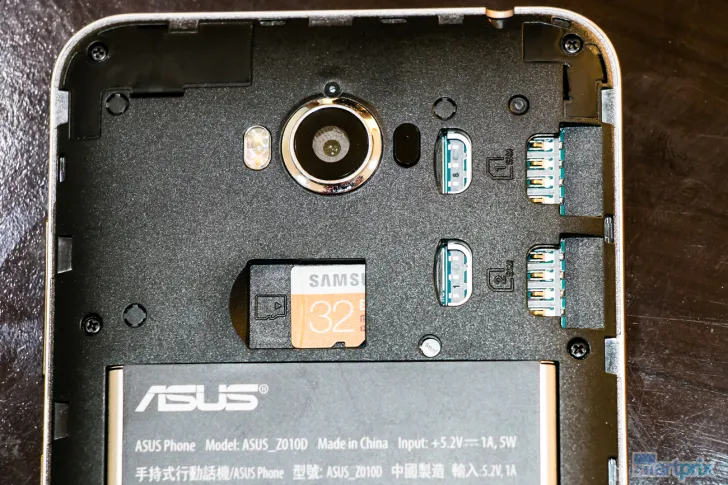As smartphones evolve, so does the challenge of choosing the right amount of storage. With recent trends of reduced built-in storage and the absence of memory card slots, users must navigate the options wisely. This article delves into the considerations for determining the ideal phone storage, addressing factors like available storage, user habits, RAM, and the role of cloud storage.
1. The Storage Landscape: Beyond the Numbers
Modern smartphones often boast impressive storage capacities, yet not all of it is usable. Understanding the distinction between stated and available storage is crucial. Factors such as the operating system and pre-installed apps occupy space, impacting the actual storage available for user content. This distinction becomes pivotal when assessing the practicality of a device’s storage capacity.
2. Usage Patterns: Tailoring Storage to Your Needs
The amount of storage a user needs depends on individual usage patterns. Factors like photography preferences, app usage, and content downloads play a significant role. High-resolution photos, videos, and feature-rich apps can quickly consume storage. Users are advised to evaluate their usage habits and opt for a storage capacity that aligns with their content creation and consumption patterns.
3. RAM’s Role: Ensuring Smooth Performance
Beyond storage, the phone’s RAM (Random Access Memory) is integral to its performance, especially as storage nears capacity. Phones with limited RAM may experience sluggishness when indexing and loading content. Users engaging in resource-intensive tasks, such as gaming, should prioritize devices with ample RAM to ensure a seamless experience.
4. Daily Habits and Storage Tips: Maximizing Efficiency
Individual habits impact storage requirements. Regularly deleting unnecessary photos, apps, and files can free up space and enhance device efficiency. Features like Live Photos may consume extra storage and can be disabled if not essential. Additionally, utilizing built-in tools for automatic clean-ups and periodically reviewing storage usage contribute to an optimized experience.
5. Cloud Storage Considerations: A Supplementary Option
Cloud storage serves as a supplementary option for users with extensive content needs. While convenient, it comes with associated costs, making it essential to weigh the expense against the benefits. Cloud storage becomes particularly relevant for users who prefer not to compromise on local storage but require additional space for their expanding digital footprint.
6. Apple iCloud and Google Drive: Exploring Options
For Apple users, iCloud offers various storage plans, ranging from 50GB to 2TB. Android users can leverage Google Drive, with storage options including 15GB of free space and additional plans up to 2TB. Choosing between these services depends on individual preferences, ecosystem allegiance, and budget considerations.
7. Optimal Storage: Striking the Right Balance
Choosing the optimal storage capacity involves considering current needs and future growth. If a device offers multiple storage options, users are advised to select a variant that accommodates their usage habits, with a slight buffer for potential expansion. The upfront investment in higher storage may outweigh the long-term costs associated with cloud storage.
8. MicroSD Card Slot: An Alternative Solution
For users desiring flexibility, smartphones with microSD card slots provide an alternative. Affordable and expandable, microSD cards offer a practical solution for those comfortable managing storage manually. However, this option requires periodic swapping or investing in higher-capacity cards.
9. A Personal Perspective: The Author’s Experience
Offering a real-world perspective, the author shares their experience with a 256GB iPhone nearing half-full after years of use. While effective clean-up practices can optimize space, the article advocates against opting for a 128GB phone in the current digital landscape, emphasizing the value of ample storage.
Conclusion: Navigating the Storage Dilemma
In conclusion, the quest for the right phone storage involves a nuanced understanding of individual needs, usage patterns, and available options. Users must strike a balance between immediate requirements and future considerations. Whether embracing cloud storage, leveraging microSD cards, or investing in higher-capacity devices, the choice reflects a personalized approach to the evolving landscape of smartphone storage.
Author: Pritish Kumar Halder
Pritish Kumar Halder, a seasoned tech enthusiast and industry analyst, brings valuable insights to the discussion on smartphone storage. With a focus on user experiences, practical tips, and a nuanced perspective, Pritish Kumar Halder’s expertise enriches the narrative around the evolving challenges and solutions in the realm of mobile device storage.










